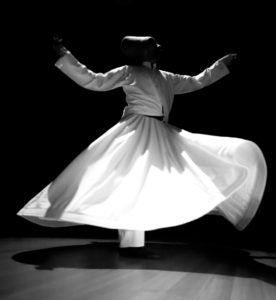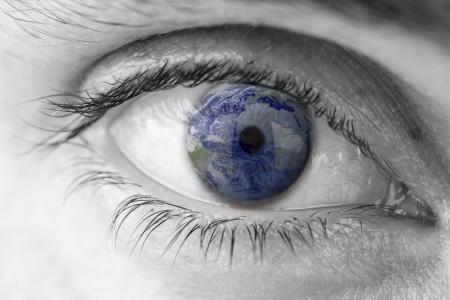The physical capabilities of human beings are increasing, and this was quite evident at the Winter Olympics. For example, snowboarders were doing feats in the qualifying runs that would have won medals at previous Olympics. Michael Murphy, co-founder of the Esalen Institute, has been fascinated by the expanding horizon of human potential represented by such exceptional athletes.
 In The Future of the Body, Murphy claims that “no culture has ever possessed as much publicly available knowledge as we do today regarding the transformation capacities of human nature.” He argues that “by gathering data from many fields – including medical science, anthropology, sports, and the arts, psychical research, and comparative religious studies – we can identify extraordinary versions of most, if not all, of our basic attributes, among them sensorimotor, kinesthetic, communication, and cognitive abilities; sensations of pain and pleasure; love; vitality; volition; sense of self, and various bodily processes.”
In The Future of the Body, Murphy claims that “no culture has ever possessed as much publicly available knowledge as we do today regarding the transformation capacities of human nature.” He argues that “by gathering data from many fields – including medical science, anthropology, sports, and the arts, psychical research, and comparative religious studies – we can identify extraordinary versions of most, if not all, of our basic attributes, among them sensorimotor, kinesthetic, communication, and cognitive abilities; sensations of pain and pleasure; love; vitality; volition; sense of self, and various bodily processes.”
For Murphy, the challenges athletes embrace, the technical knowledge used to achieve high-level performance, and the pain and sacrifice these players accept “demonstrate our human capacity and drive to achieve new levels and kinds of functioning.” Moreover, athletes often experience “altered states and ecstatic moments bordering on the mystical.” Consequently “the fact that spiritual moods occur spontaneously in many athletes indicates that disciplines for the body sometimes catalyze depths of the mind.”
Does physical virtuosity point towards something deeper? Find out more in the next blog.


 The diversity of applications of movement analysis showcased at the June conference in Montreal was awesome. And that is just the beginning….
The diversity of applications of movement analysis showcased at the June conference in Montreal was awesome. And that is just the beginning…. During the first week of June, I participated in unique collegial exchange with fourteen other movement analysts from the U.S., Canada, and France. Hosted by the Dance Department of the University of Quebec at Montreal, the seminar provided an opportunity for comparative and comprehensive study of two approaches to qualitative movement analysis:
During the first week of June, I participated in unique collegial exchange with fourteen other movement analysts from the U.S., Canada, and France. Hosted by the Dance Department of the University of Quebec at Montreal, the seminar provided an opportunity for comparative and comprehensive study of two approaches to qualitative movement analysis: 